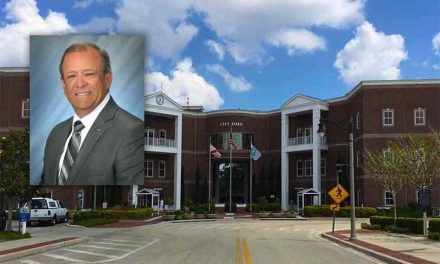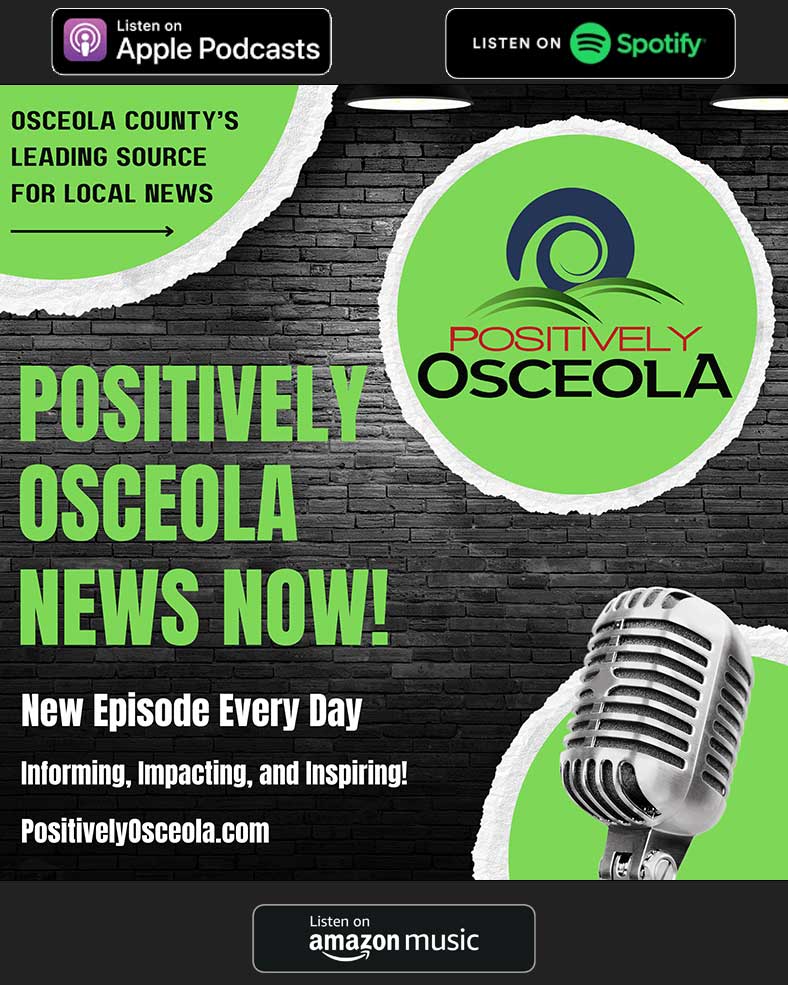Godspeed, Crew Dragon.
On a mission that NASA Administrator Jim Bridenstine called “a high-priority mission for the United States of America”, SpaceX’s Crew Dragon capsule with astronauts Bob Behnken and Doug Hurley lifted off from Kennedy Space Center’s historic Launchpad 39A at 3:22 p.m.
It took a second try, as launch conditions weren’t favorable on Wednesday, and it was a little touch-and-go with clouds and nearby storms today. But the second time was definitely the charm through the entire trip into space, from the launch, to the rocket separation about three minutes in, to the Falcon 9’s return to Earth aboard the return ship Of Course I Still Love You.
“Congratulations for the first human ride for Falcon 9. It was incredible,” Behnken said from the flight deck just after full separation. “Thanks for the great ride into space.”
The excitement was palatable within mission control as lift approach, as one of the mission control technicians could be heard saying, “Let’s light this candle,” 90 seconds before launch.
They’re headed to the International Space Station, where they should reach sometime after 10 a.m. Sunday.
Birdenstine spent the week speaking to the importance of this mission.
“We are gonna launch American astronauts on an American rocket from American soil in the midst of the coronavirus pandemic,” he said before Wednesday’s launch attempt. “We need to retain access to the ISS. In fact, it’s an important mission for the world.”
Hurley, who was on that Atlantis flight, and Behnken will go to the ISS for somewhere between three and 16 weeks; like a launch, a lot of factors will play into their return. When they do come home they will bring back a small American flag the Atlantis took to the ISS in 2011.
The Russian Soyuz rocket has since been the mode of transport for Americans to the ISS.
Despite Bridenstine’s plea to the public, asking people to watch the historic launch from home, thousands descended on Brevard County for the launch, some from states away.
This is still a flight test to validate the transport system launch to docking to splashdown on return, and the final milestone for getting certification from NASA to be a bona-fide rocket science version of Uber to the ISS.
Launch officials say there will be more launches with other aerospace industry leaders like Boening coming on board.




















